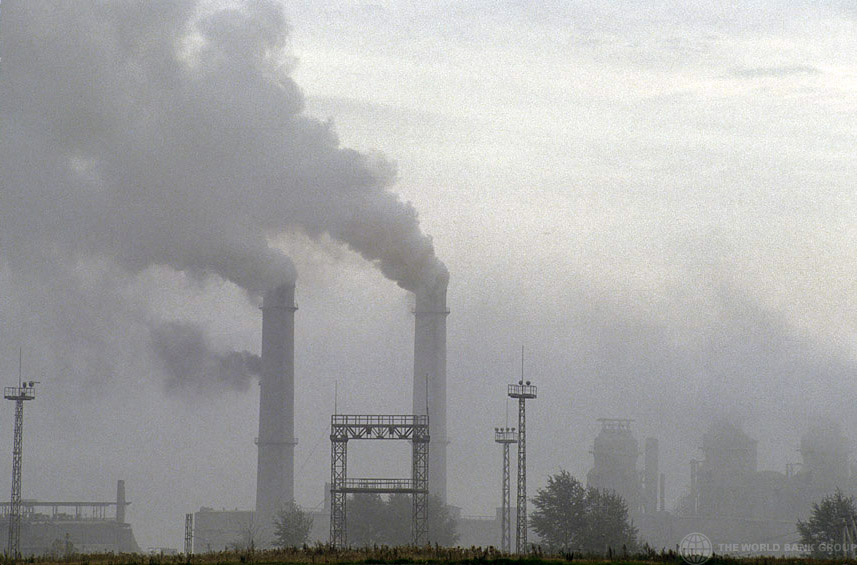By: Sandhya Sekar
Send to a friend
The details you provide on this page will not be used to send unsolicited email, and will not be sold to a 3rd party. See privacy policy.
[THIRUVANANTHAPURAM] Ozone pollution in the atmosphere over India is seriously impacting crop productivity and may annually be eating away as much as six million tonnes of rice and wheat, enough to feed 94 million poor people, says a new study.
The study published in August in Geophysical Research Letters simulates the potential district-wise impact of ozone on soybean, rice, and wheat crops in India for the first decade of the century. Annual wheat and rice losses were estimated at 9.2 per cent of the cereals needed to feed 270 million poor people under India’s food security laws.
Ozone forms a protective layer in the upper atmosphere that shields the earth from harmful ultraviolet rays. However, closer to the earth’s surface, the gas is a pollutant that adversely affects plant physiology and reduces crop quality and yields.
According to Sachin D. Ghude, a scientist at the Indian Institute of Tropical Meteorology (IITM), Pune and one of the authors of the study — which estimates stocks and flows of specific atmospheric gases — there is much variation in ozone levels across the country.
“These differences in ozone levels are due to regional differences in emissions of precursor gases like nitrous oxides and volatile organic compounds,” Ghude tells SciDev.Net. “For example, the Indo-Gangetic plains have higher emissions of these precursors due to high anthropogenic activities — vehicular, industrial and bio-fuel burning.”
“Mitigation of nitrous oxides, particularly targeting transportation and industrial sectors, is important to reducing the ozone problem”
By Sachin Ghude, IITM
“Mitigation of nitrous oxides, particularly targeting the transportation and industrial sectors, is important to reducing the problem,” Ghude adds.
Denise Mauzerall, professor of environmental engineering and international affairs at Princeton University describes the model that predicts surface concentrations of ozone based on emissions, chemistry and transport, as “state-of-the-science.”
The study admits, in conclusion, that assessing crop yield damage is subject to several sources of uncertainty including unpredictability in the crop-growing season, emission inventories and yield reduction at different ozone exposure.
“The percentage of crop loss is a function not only of the susceptibility of that crop to ozone, but also the ozone values present at the locations and seasons when that particular crop is grown,” says Larry Horowitz, faculty at the National Oceanic and Atmospheric Administration, Washington. “Different crops — and even different cultivars of the same crop — respond differently to ozone.”
> Link to abstract of study in Geophysical Research Letters
This article has been produced by SciDev.Net's South Asia desk.














